It’s been about a year after Louie’s IVDD surgery. Things are going well! Louie has the same personality, and it seems that he really doesn’t notice that his back legs don’t fully work. Life is surprisingly mostly the same. We had been going to rehab twice a week for a number of months, and have now have been transitioned to weekly appointments where it’s mostly fitness work. Here are some frequently asked questions that we often get about Louie and taking care of a handicapped dog.

Photo by Dipan in LA for Flytographer
Frequently Asked Questions about Louie
Louie woke up one day and his back legs weren’t working. We rushed him to Emergency, and he was diagnosed with IVDD in December 2020. Louie’s back legs were paralyzed from IVDD and given a 50% chance of regaining the use of his back legs with surgery. Since he was 4 at the time, we thought we had to give him the chance. Check part 1 here where we go into detail on how it all happened.
Louie has fully recovered from the surgery, but will always need an assistive cart to walk. We’ve done and still are doing tons of rehab with him, but this is the best it’s going to get with his back legs. He can bear weight on his back legs and take steps, but it’s not considered self-ambulatory or walking.
Long! We had no idea that surgery was going to be the easiest part of this whole thing. We had 6-8 weeks of crate rest after surgery. Louie had a long incision down his back. It didn’t need any care and the area was left open and exposed. It was pretty well glued together, so we didn’t have to deal with stitches or anything. Not needing to do wound management was nice, but the incision was scary-looking and unsightly. Louie also came home with an in-dwelling catheter, so he could just pee whenever. The catheter had to be changed out at the vet once a week. Overall, it was helpful that he came home with the catheter because it made it easier to take care of him. We didn’t have to move him so much in the early days. We were given a sling to help support his back end for when we could start going outside. Once he was recovered enough, we started going to rehab where he gets acupuncture, laser, and a course of other treatments.
We express his bladder to help him pee. There are a couple of ways this is done, but the way we do it involves having our hands on either side of his body by his back legs to apply pressure on his bladder to help him.
He has a Walkin’ Wheels assistive cart. When we are at home, Louie will just move around kind of like how a seal moves on land. We will likely make or get him a “drag bag” to make it easier for him to get himself around and not get caught on anything.
Easy! We’ll have to write a blog post about this because we certainly learned some lessons. Since Louie flies in the cabin with us, nothing is different other than we hand-carry his assistive cart. It’s too risky and awkward to pack his assistive cart in the checked luggage.
Louie IS better. He IS walking. A lot of people asked us that when we were out and about this summer. I would advise not to ask this specific question when you see pets in assistive carts. Ask what happened, but don’t ask when they will “get better”. It’s not a snap decision or an impulse-buy when pets have wheelchairs.
Louie is living his best life, which happens to include needing to use a wheelchair. I did not realize that people would project able-bodiedness onto dogs too. When we were first asked this, we had done NINE months of rehab and therapy. We had daily exercises at home and were going to rehab twice a week for months before being transitioned down to weekly appointments. This is Louie better and walking again.
Also, this is a question I don’t think a person would ever ask a fellow person in a wheelchair, “when will they walk again”? I personally just don’t see it. Especially if you don’t see a cast or something outwardly visibly wrong with someone’s body. With a pet, I understand the curiosity and will give people the benefit of the doubt, but there are ways to ask about someone’s handicap or condition without projecting that “able-bodied is best”. Don’t assume that it’s temporary because it’s likely a permanent situation, one that took a lot of medical professionals, time, energy, and effort to get to where they are today. It’s important to be considerate, even when it comes to pets.
It isn’t that much different than before the surgery. Your life makes space and grows around their needs. We live a very dachshund-friendly life. No stairs and we discouraged jumping. He eats and drinks, and it only takes a minute to help him into his assistive cart for walks. He still tries to climb over rocks and curbs.
We were scared at the outset of this entire journey because we wanted to make sure that we were doing the right things and that they were in the best interest of Louie. Our doctor told us that dogs don’t get depressed as humans do if they were to lose some sort of mobility or function. Dogs are happy to be with their humans. and honestly, one day after his surgery, probably after a couple of months, Louie was his usual self again. I don’t know what it was, maybe when we finally got into a routine, but we saw our Louie again. That was when we knew everything would be okay.

Photo by Dipan in LA for Flytographer 
Photo by Dipan in LA for Flytographer
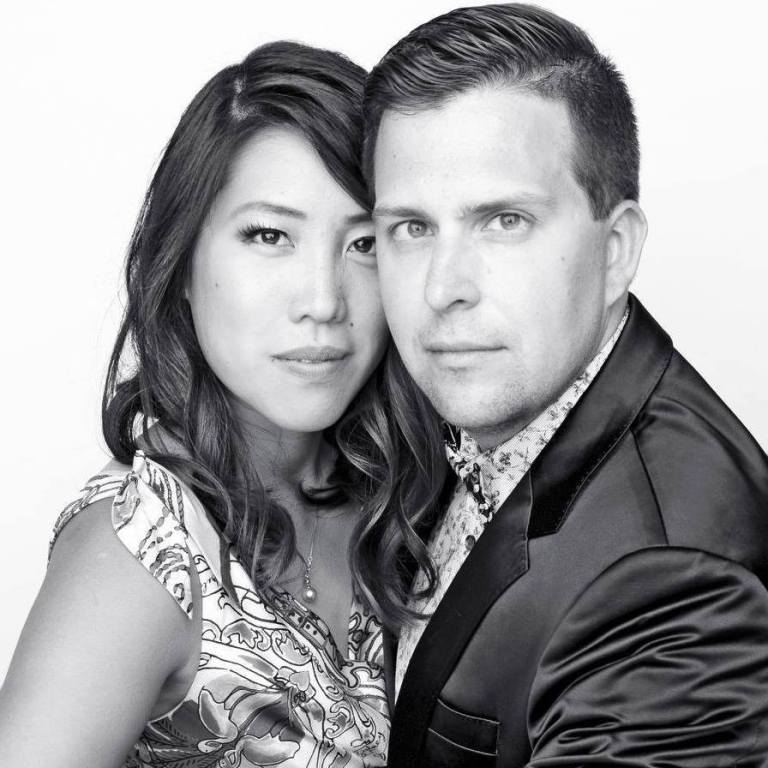
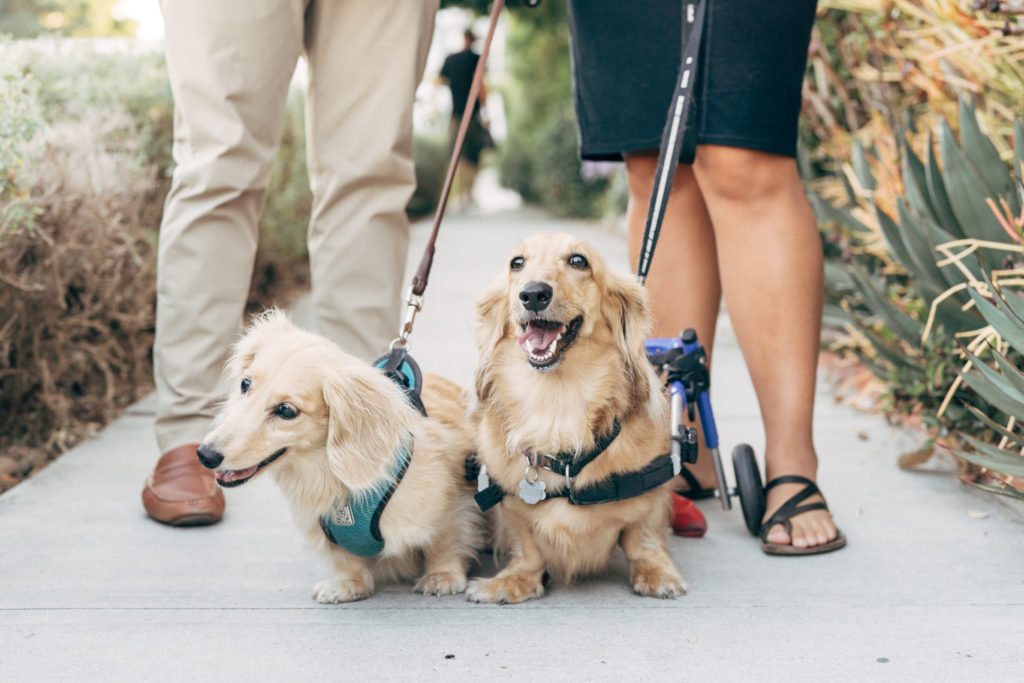
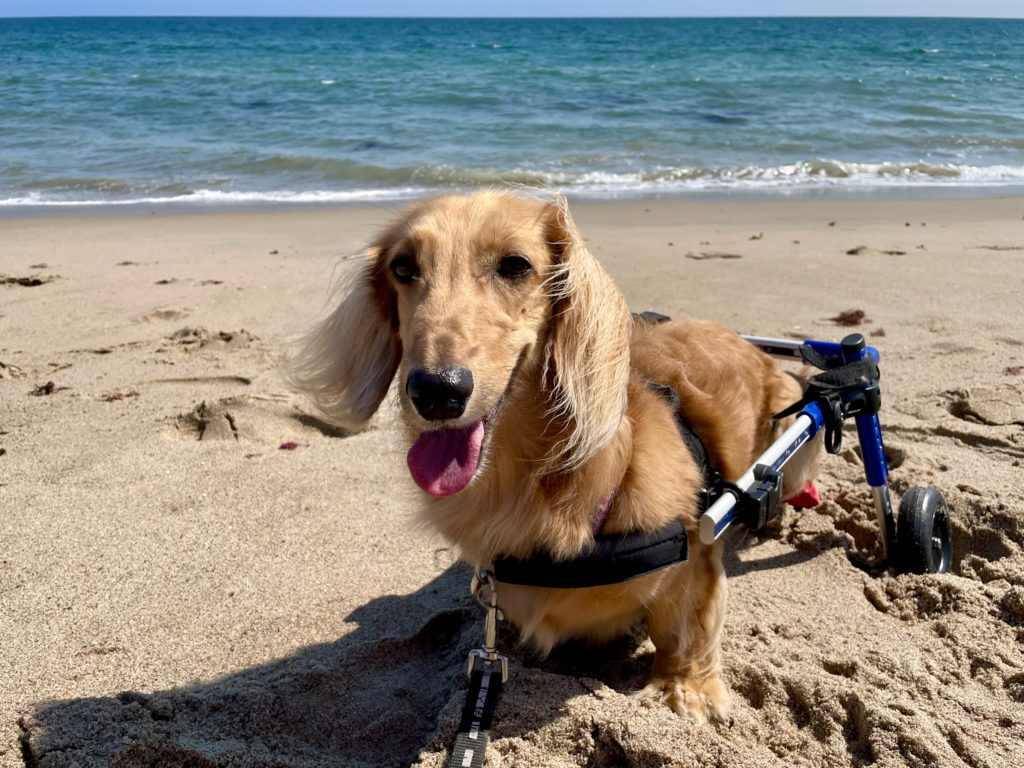
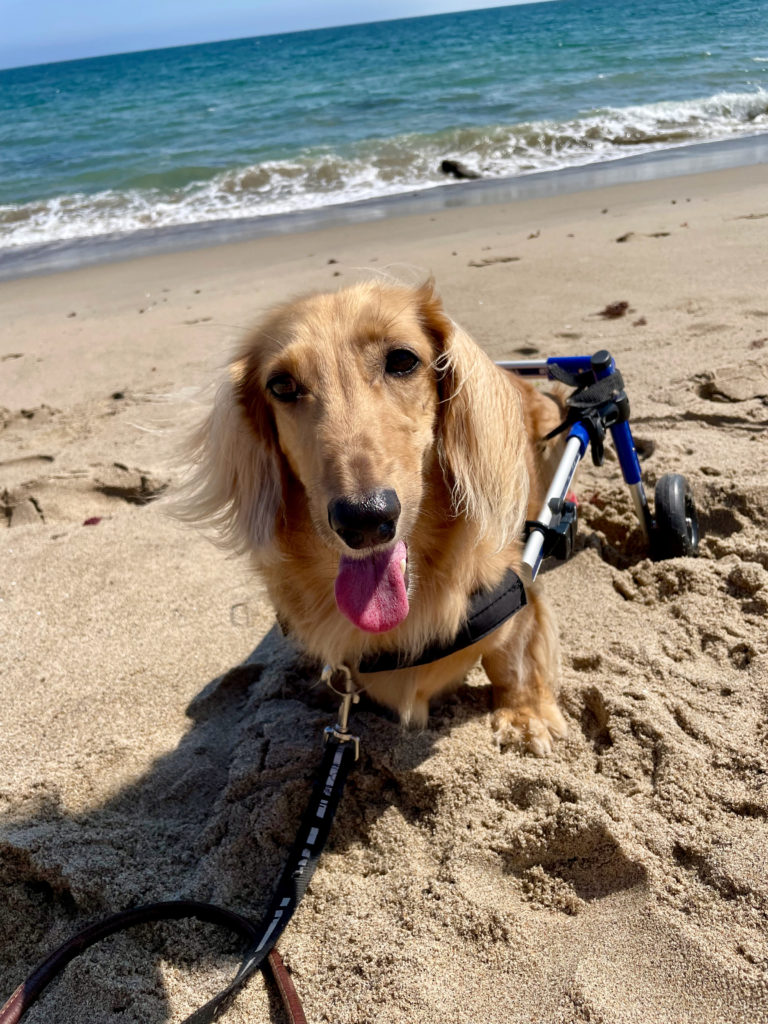

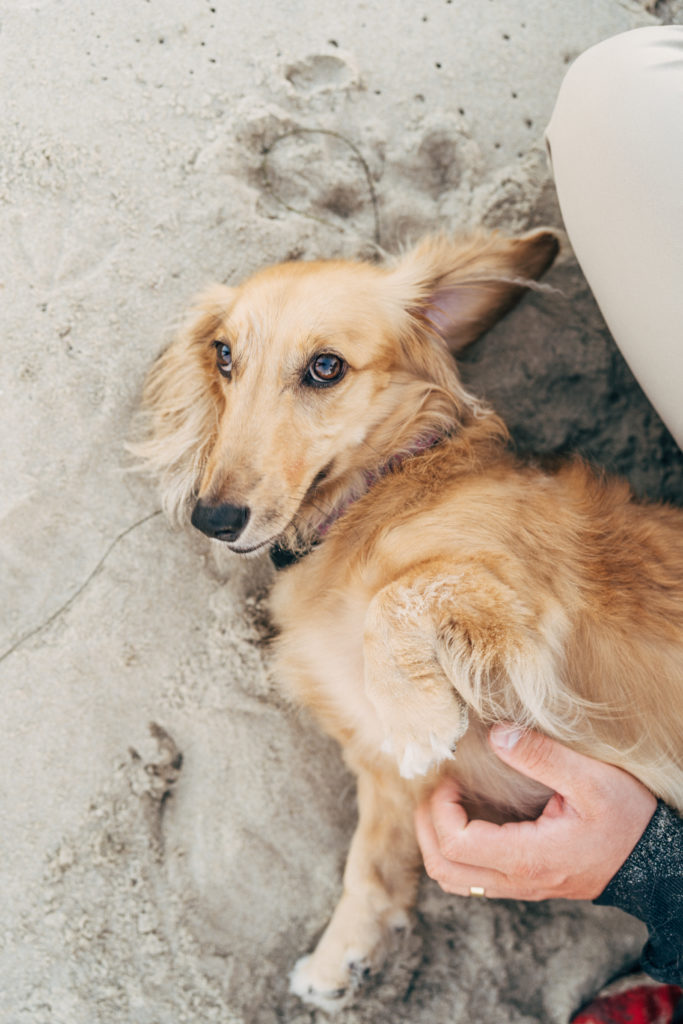

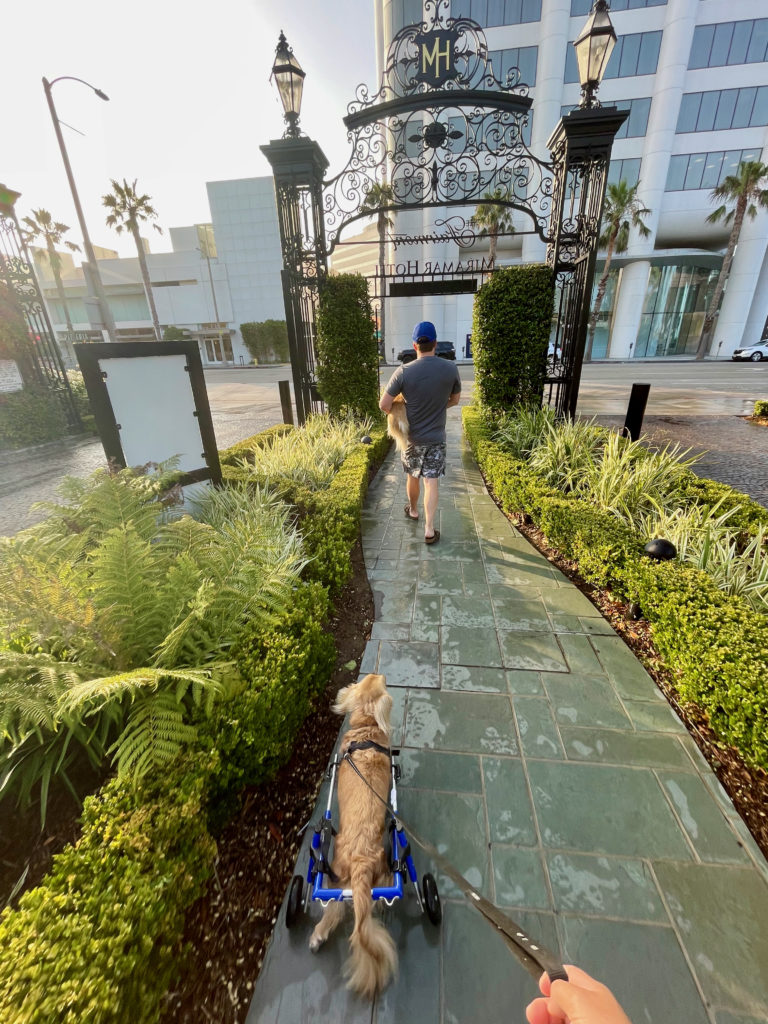
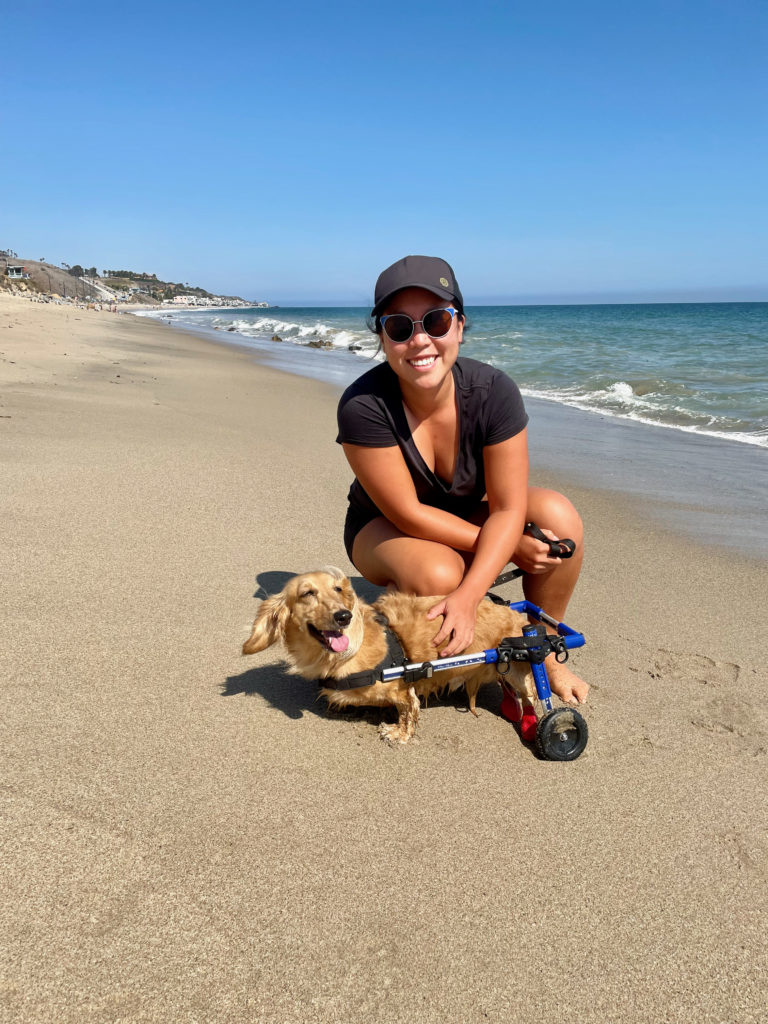
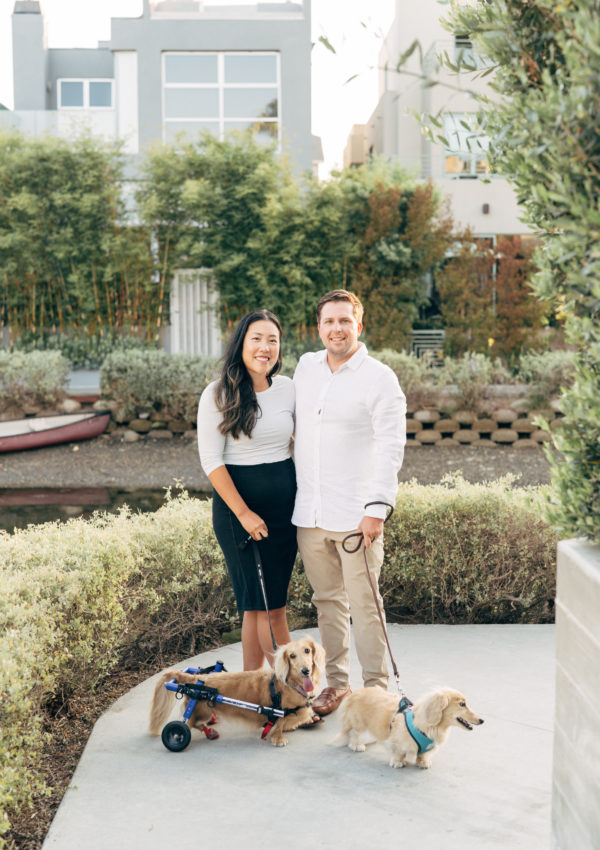
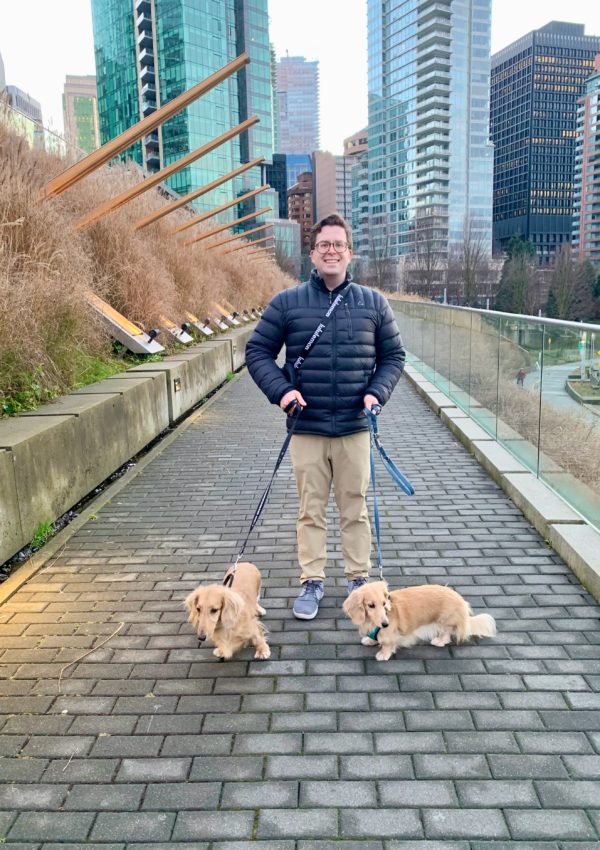
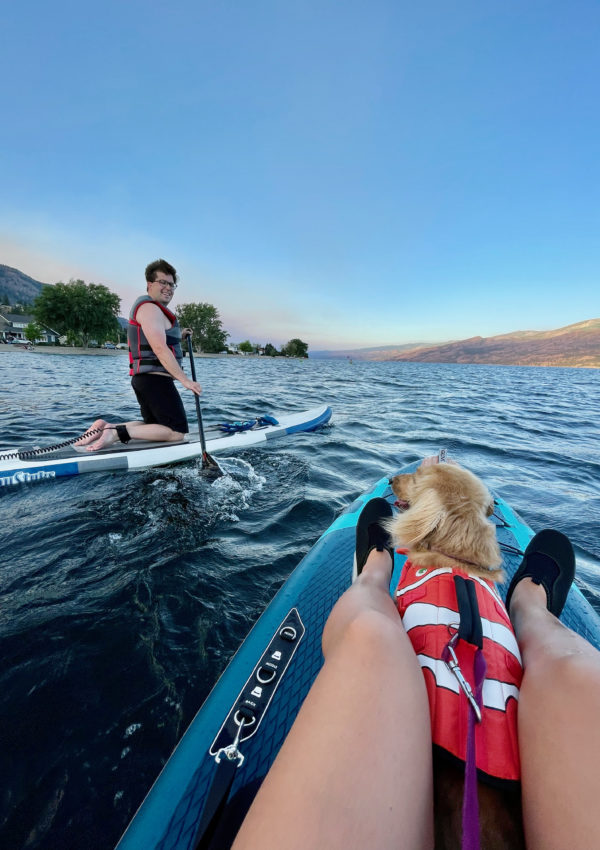
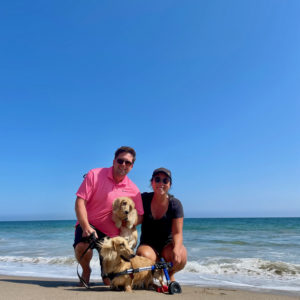
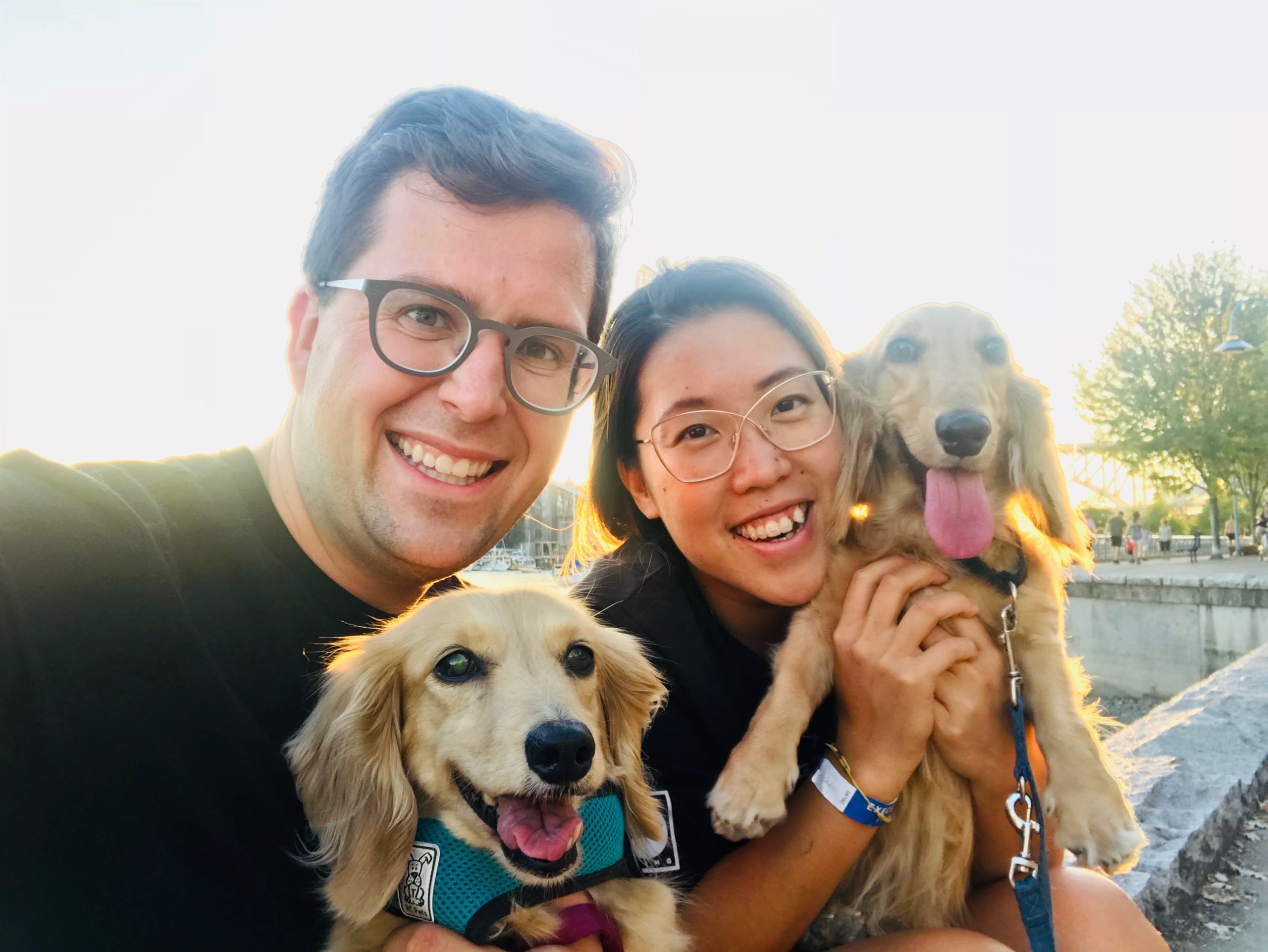
Leave a Reply